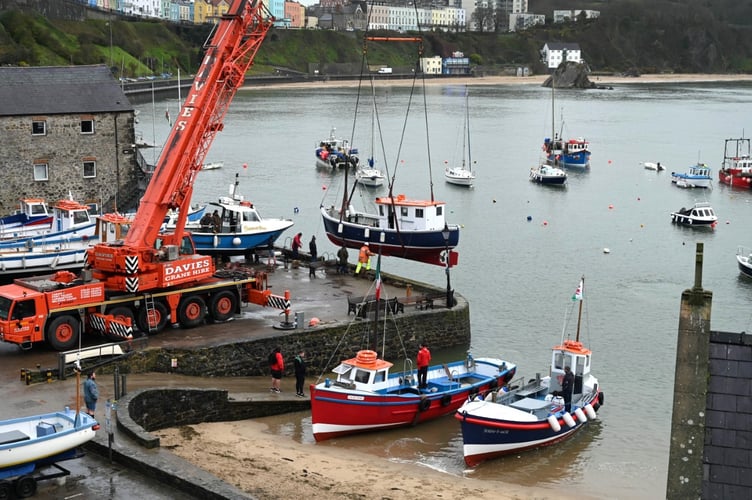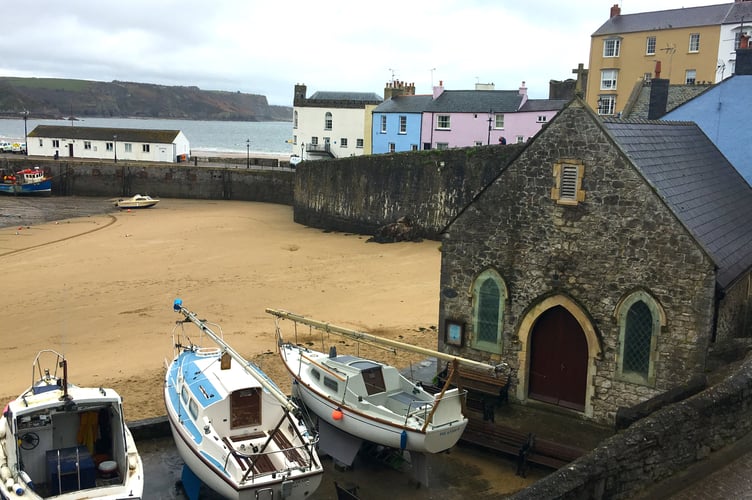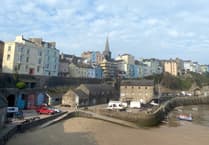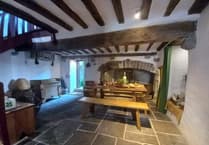Ahead of the lift to return the boats to Tenby’s waters - the annual ‘Blessing of The Boats’ service will take place this weekend.
The service at St Julian’s Church (known as the ‘little church on the harbour’) will take place on Sunday, March 17, at 3 pm with all welcome to attend.
The service will be the last at St Julian’s to be led by Reverend Canon Andrew Grace before his retirement.

The annual operation to crane the boats back into the harbour waters ahead of the holiday season is scheduled to take place on Wednesday, April 10.
St Julian’s Church was built in 1874-1878 to replace the Fisherman’s Chapel which stood at the seaward end of Tenby's stone pier.
Clergy from St Mary’s Church, in the town centre, were paid with seafood to lead the services, which were cancelled when rough weather caused waves to break over the chapel.
The old pier and chapel were demolished after it was found in 1840 that the harbour entrance was too narrow. This was causing silt to build up, making entry and egress increasingly difficult.
The fishermen worshipped at St Mary’s, but the smell of their clothes was offensive to others in the congregation. Rector George Huntingdon therefore organised construction of the new St Julian’s Church in the late 1870s.
One of the prime backers of the new church was Miss Forde, who had previously led the fundraising campaign for the Seamen’s Rooms (or Fishermen’s Reading Rooms) which were opened in 1874 on adjoining land. Facilities included a refreshment bar for non alcoholic drinks. Miss Forde belonged to Tenby Temperance Society.

It was she who applied to the town council in 1876 for a lease on the land needed to build the church. She produced a petition signed by 60 seamen in support, and said the only alternative to leasing the land was to build a chapel above the Seamen’s Rooms.
Volunteers open the church, especially in summer, to visitors, who are delighted by the interior details such as the lobster pots and replica crabs.
The lobster pots supported fonts until a wooden font was obtained in 2003.
The church also hosts an annual service for the RNLI.





Comments
This article has no comments yet. Be the first to leave a comment.